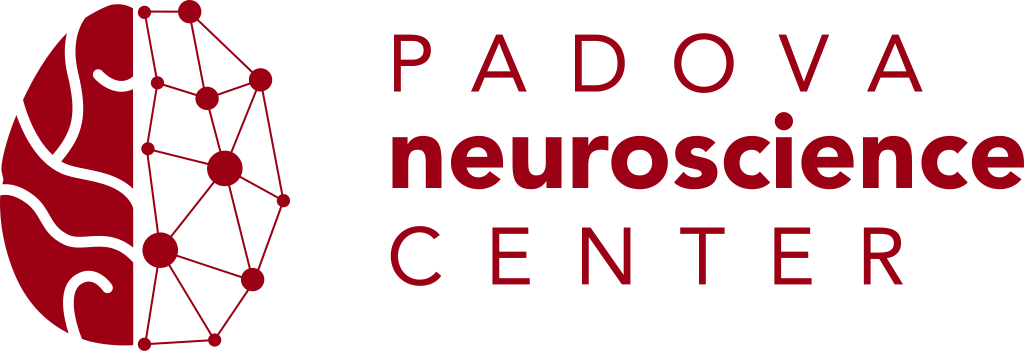by Prof. Ben Harvey (University of Utrecht)
When: June 22, 2023, at 3:00 pm
Where: Aula T2-CLA (Via Venezia 16, Padova)
Ultra-high field MRI (at 7T or more) gives exceptionally clear measurement of the structure and responses of the human brain. This excellent signal-to-noise ratio (SNR) is often used to image brain structure and function at very high resolution. However, at more conventional resolutions (between 1.5 and 2 mm), 7T fMRI allows us to characterize neural responses in much greater detail than 3T fMRI for several reasons. First, the spread of the 7T BOLD signal is far smaller than at 3T, giving a far more spatially specific signal even at the same nominal resolution. Second, this high SNR lets us record responses to many stimuli and tasks in the same experiment, and so capture all these responses with a single response model that reveals the detailed response properties of responsive neural populations. Finally, this high SNR allows us to see relatively weak signals, where there may be relatively small changes between conditions or relatively few responsive neurons in each voxel.
Here I will discuss how we have taken advantage of these new possibilities to reveal the neurophysiology of human sensory and cognitive processing in unprecedented detail. In sensory processing, we have shown how visual spatial receptive fields change when we pay attention at different locations. In cognitive processing, we have revealed the fine-scale spatial structure of responses to physical quantities (numerosity, object size and event timing), showing that topographic map structures emerge in sensory and cognitive processing alike. And we have shown how these quantity-selective responses in cognitive processing are derived from responses in early sensory areas by testing the predictions of different neural response functions. Together, these new possibilities allow us to move fMRI away from localizing responsive areas, instead revealing the response functions of the neurons involved and the computational mechanisms by which these responses arise.


